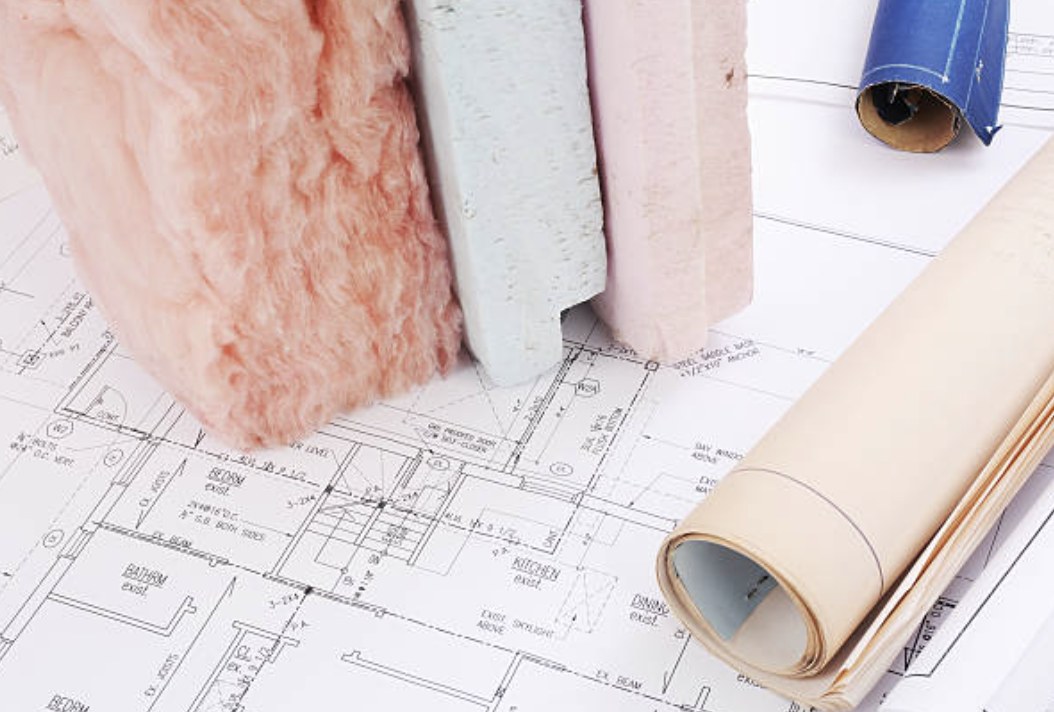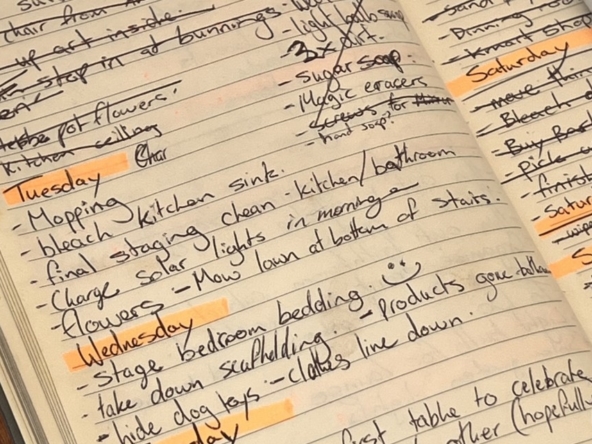Insulation is a critical factor in keeping your home warm during winter. It helps to prevent heat loss by creating a barrier between the inside and outside of your home. Depending on your home’s construction, check out the most suitable insulation types below:
- Weatherboard: For weatherboard exteriors, fibreglass insulation is a popular and cost-effective option. It’s easy to install and fits snugly into the narrow gaps between the boards. Additionally, it doesn’t require any special fire-retardant treatment and won’t attract rodents or insects.
- Hardiplank: For Hardiplank exteriors, fibreglass insulation is a good option. It’s easy to install and fits snugly into the narrow gaps between the planks. Additionally, it doesn’t require any special fire-retardant treatment and won’t attract rodents or insects.
- Weatherside: For Weatherside exteriors, fibreglass insulation is a cost-effective option. It’s easy to install and fits snugly into the narrow gaps between the panels. Additionally, it doesn’t require any special fire-retardant treatment and won’t attract rodents or insects.
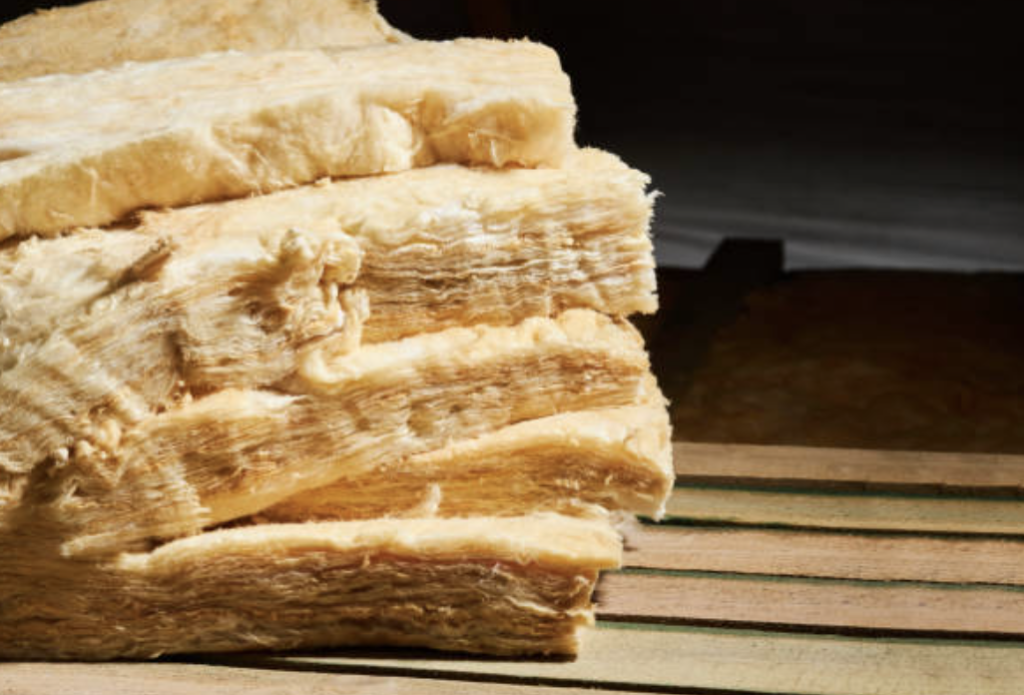
- Monolithic Plaster: For monolithic plaster exteriors, spray foam insulation is an excellent choice. It can be sprayed directly onto the surface of the wall, filling all the gaps and creating a tight seal. Spray foam insulation is also resistant to moisture, making it ideal for use in areas with high humidity.
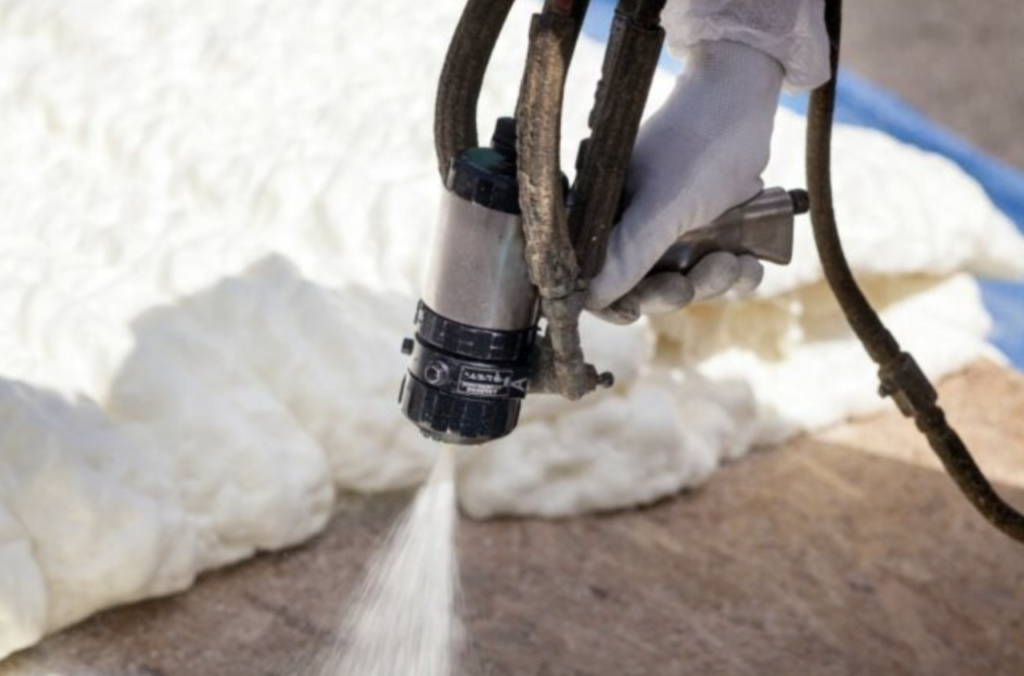
- Fibre Cement: Rigid foam insulation is an excellent option. It can be cut to fit precisely into the cavities between the studs, creating a tight seal that prevents any air leaks. Rigid foam insulation is also moisture-resistant, making it perfect for use in areas with high humidity.
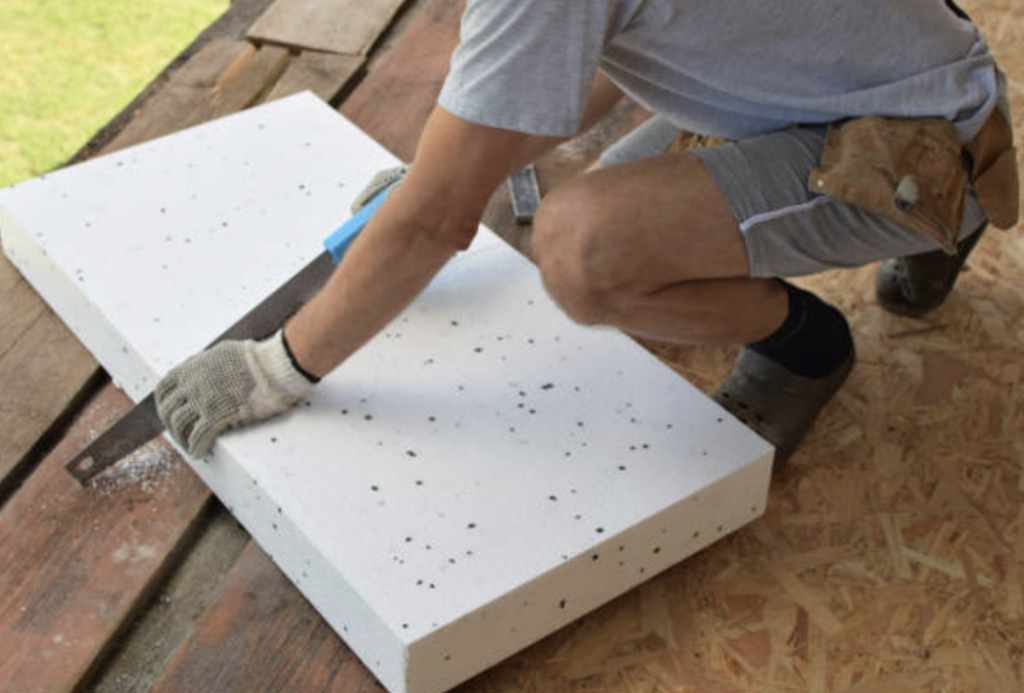
- Concrete: For concrete exteriors, mineral wool insulation is a great option. It’s fire-resistant and can be easily cut to fit into any space. Additionally, mineral wool insulation doesn’t compress over time, ensuring that it maintains its insulating properties for many years.
- Brick: For brick exteriors, mineral wool insulation is a great option. It’s fire-resistant and can be easily cut to fit into any space. Additionally, mineral wool insulation doesn’t compress over time, ensuring that it maintains its insulating properties for many years.
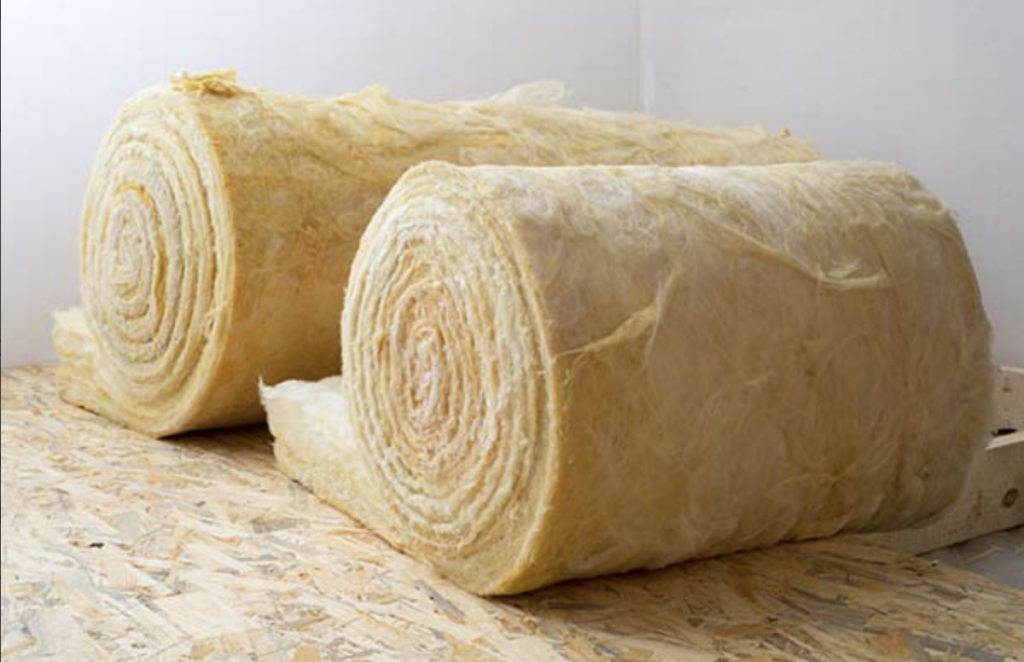
- Mixed Material: For mixed material exteriors, such as those with a combination of weatherboard and stucco, a combination of insulation types may be necessary. Fibreglass insulation can be used for the weatherboard sections, while stucco sections can be insulated with spray foam insulation.
- Stucco: For stucco exteriors, cellulose insulation is a top choice. It can be blown into the gaps between the studs and conforms to the shape of the cavity. Additionally, cellulose insulation is made from recycled materials and is very eco-friendly.
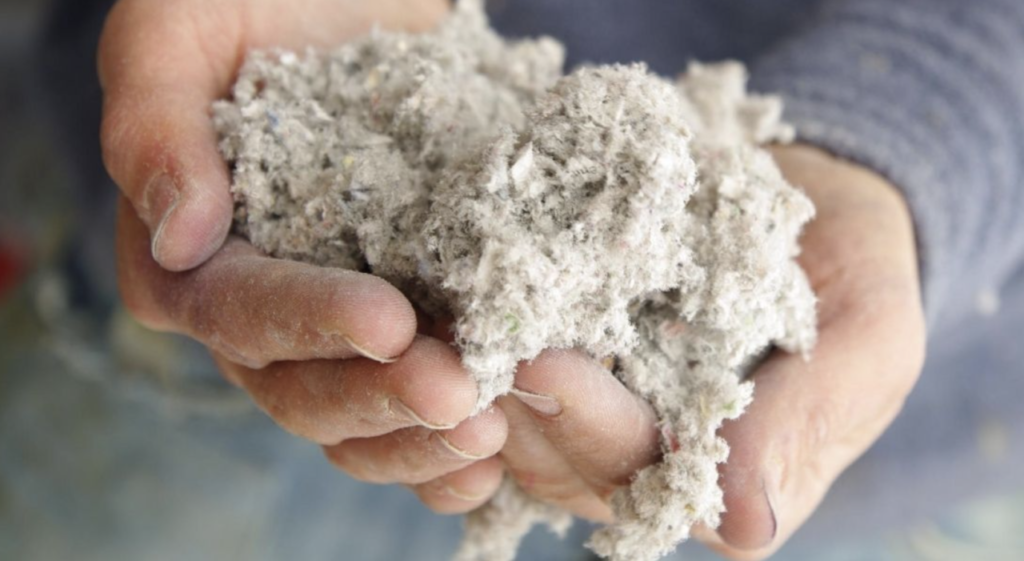
For more helpful tips to keep your home warm and cosy, please feel free to contact Paige any time. She would love to help you save money on energy bills or for your home renovation.


